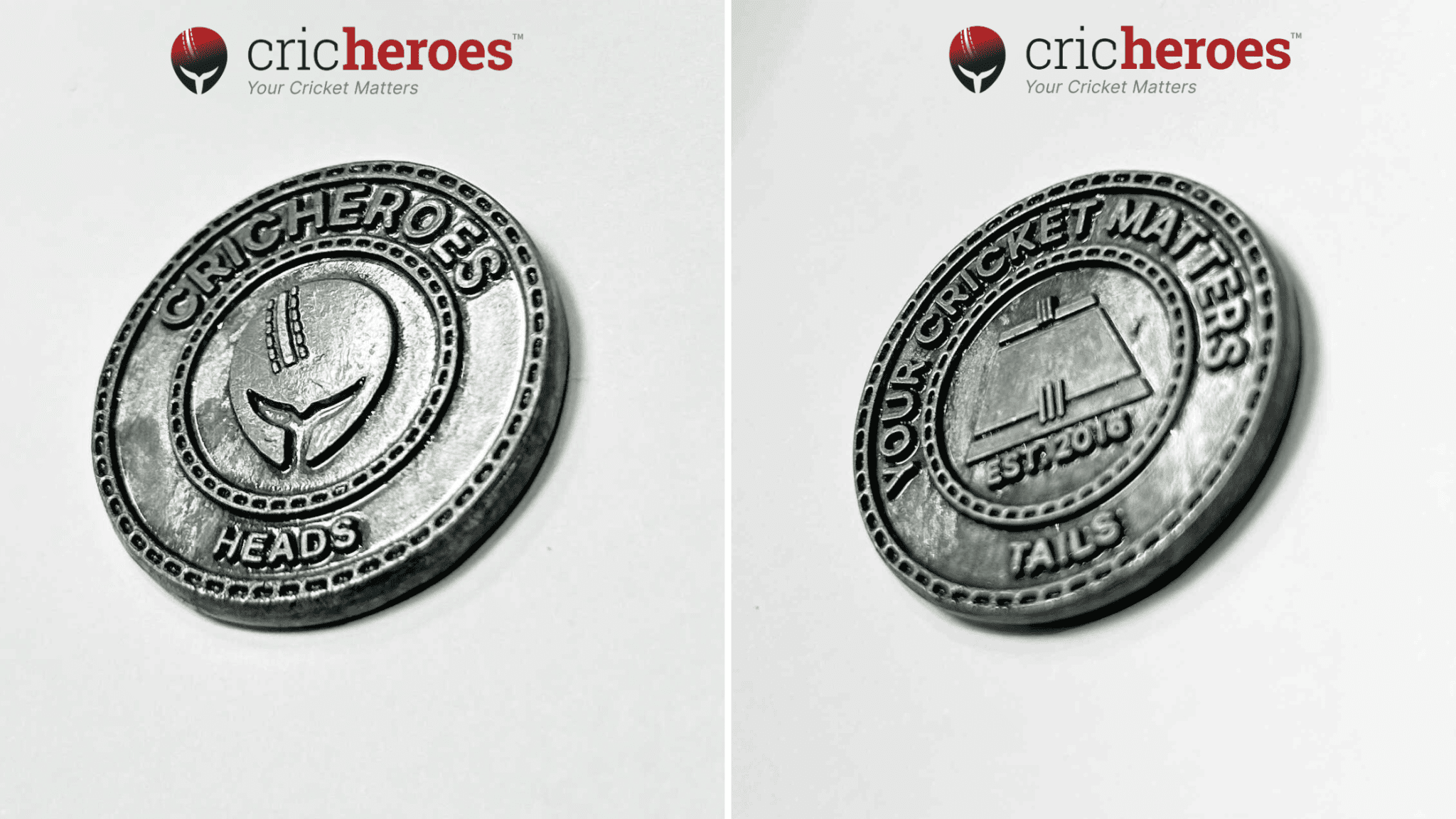Cricket Toss Coin Trends: Analyzing Winning Patterns
In cricket, the toss is more than just a ceremonial start—it’s a strategic moment that can influence the entire match. The cricket toss coin decides which team gains the first advantage by choosing to bat or bowl, and this seemingly simple flip has led to a growing interest in understanding its patterns and impact on game outcomes. Let’s dive into the fascinating world of cricket toss coin trends and how they reveal winning patterns that captains, analysts, and fans can learn from.
The Significance of the Toss in Cricket
The toss impacts the match right from the outset. Winning the toss allows a team to make the initial choice of whether to bat or bowl, a decision influenced by factors like weather, pitch conditions, and match timing. Some winning patterns indicate that the team winning the toss often gains an advantage, especially in formats like One Day Internationals (ODIs) and Test matches, where conditions can drastically change over time.
Historical Patterns: Do Toss Wins Correlate with Match Wins?
One of the most intriguing aspects of toss trends in cricket is the correlation between winning the toss and winning the match. Studies and data analyses have shown that:
- In ODIs and T20s, winning the toss can offer a strategic advantage, particularly when weather and pitch conditions favor a particular inning.
- In Test cricket, the impact of the toss is more pronounced. The team that wins the toss can choose to bat when the pitch is fresh or bowl when it’s favorable for fast bowlers. Over five days, the pitch conditions deteriorate, making the toss a potentially decisive factor.
For instance, statistics reveal that in many Test matches, the team that wins the toss and chooses to bat has a higher probability of winning or drawing the game, as they make the most of favorable early conditions.
Toss Coin Trends in Different Formats
Each cricket format places unique demands on players, and the toss trends reflect these differences:
- Test Matches: The longest format heavily relies on pitch conditions, and captains who win the toss often choose to bat to take advantage of the fresh pitch. Batting first in Test matches tends to favor teams, as deteriorating pitch conditions can make batting in later innings challenging.
- ODIs: In One Day Internationals, the toss plays a moderate role. Captains frequently decide based on pitch and weather conditions, with day-night matches adding the “dew factor,” which can impact bowling during the second innings. Recent trends show that many teams choose to bowl first in day-night ODIs, hoping to capitalize on early movement in the pitch.
- T20s: The shortest format emphasizes quick decision-making and adaptability, so the toss is often less of a game-changer. However, many T20 captains prefer to chase targets, as scoring patterns have shown it’s advantageous to know the required run rate. Toss trends in T20s show a consistent preference for bowling first to allow for a controlled chase.
Analyzing Key Toss Patterns by Region
Cricket pitches vary greatly around the world, and so do toss trends:
- Subcontinent (India, Pakistan, Sri Lanka): These countries are known for spin-friendly pitches. Captains here often prefer to bat first, setting a high total and allowing spinners to exploit the pitch in later innings.
- England: Known for green pitches and swing-friendly conditions, English grounds often see captains who win the toss elect to bowl first, hoping to take advantage of overcast conditions and early swing.
- Australia and South Africa: Fast and bouncy pitches make batting tricky, especially in early conditions. Captains here usually choose to bat first, establishing a strong total and then using pace bowlers to their advantage.
What Data Tells Us: Trends from Major Tournaments
Analyzing toss patterns from major tournaments reveals interesting winning patterns. Let’s look at some iconic tournaments and what toss data indicates:
- ICC World Cup: Data from past World Cups shows that teams winning the toss and batting first tend to have a higher win percentage. This is especially true for knockout matches, where setting a target often places psychological pressure on the chasing team.
- IPL (Indian Premier League): In the IPL, trends lean toward chasing, with captains frequently opting to bowl first. The chasing team has won many matches, emphasizing the impact of knowing the target in the T20 format.
- Ashes Series: One of cricket’s oldest rivalries, the Ashes, shows that the toss can significantly impact match results. In England, conditions favor bowling first, while in Australia, batting first is often advantageous.
Using Toss Coin Trends for Strategic Decisions
Understanding toss trends offers captains a strategic edge. When deciding to bat or bowl, they consider factors like:
- Weather Conditions: Cloudy skies often mean swing for fast bowlers, making bowling first a better option.
- Dew Factor: In day-night games, dew can make the ball slippery, favoring teams bowling first.
- Pitch Conditions: Fresh pitches are usually better for batting, while worn pitches can assist spinners or fast bowlers, depending on the surface.
Through the careful study of these patterns, captains can increase their chances of success by choosing the optimal strategy after winning the toss.
Also Read : Types Of Out In Cricket
How Toss Trends Influence Fans and Betting Enthusiasts
For fans and betting enthusiasts, toss trends have become a fascinating aspect to follow. Cricket analytics have enabled a closer look at these trends, helping enthusiasts predict match outcomes based on toss decisions. A strong trend, such as chasing in T20s or batting first in Tests, gives bettors and fans alike a unique angle to follow.
The Role of Toss Coin Manufacturers in the Cricket Culture
With the increased interest in toss patterns, companies like The Dressing Room Store are making high-quality cricket toss coins available to fans, collectors, and local cricket teams. These coins symbolize the thrill and tradition of the toss, allowing enthusiasts to bring a piece of the game home. Whether used in practice matches or kept as memorabilia, a dedicated cricket toss coin adds a tangible connection to this important part of the game.
Conclusion: Toss Trends as a Reflection of Strategy and Tradition
The toss may seem like a matter of chance, but analyzing toss trends reveals much about the strategic layers of cricket. By understanding how factors like weather, pitch, and format influence toss decisions, captains can use this seemingly simple moment to their advantage, ultimately shaping the outcome of the match. For fans and players alike, toss coins are not just accessories—they’re a nod to the deeper, strategic core of cricket.














Post Comment